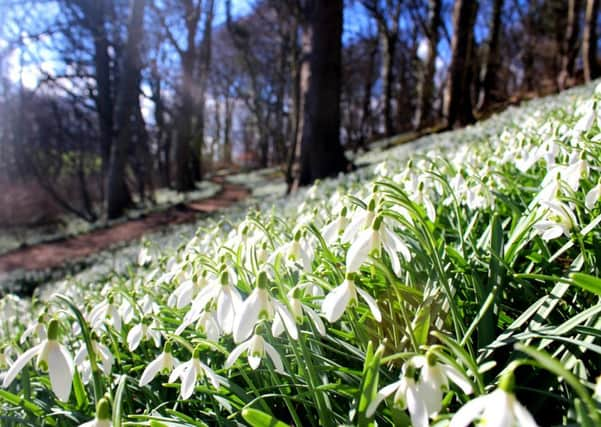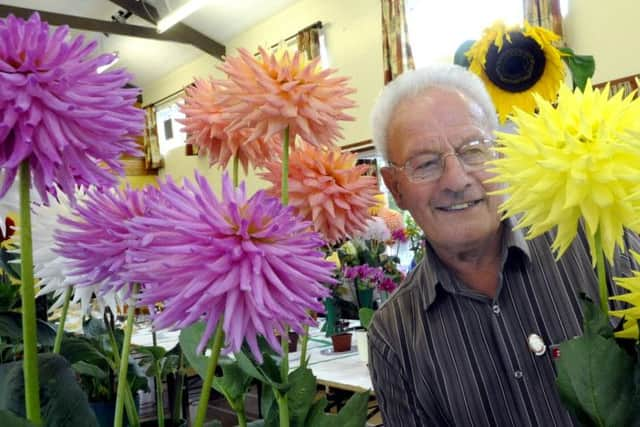Looking after your bulbs and tubers


As a rule, the first part to develop is the root system, which has to perform the double function of anchoring the plant in the soil and absorb water and mineral salts from the ground.
Only when the roots are well established do the aerial parts appear.
Advertisement
Hide AdAdvertisement
Hide AdAlthough one can find different bulbs to flower at almost any time of year, spring is the season when the majority of the species are in flower.


The season starts with snowdrops (galanthus), crocus and winter aconites and continues with grape hyacinths.
The following is a list of the more common hardy genera that produce spring flowers – allium, camassia; convallaria; crocus; cyclamen (hardy cyclamen are usually bought as bulbs, often listed as corms, and planted with the smoother side down in late summer; eranthis hyemalis; fritillaria imperialis; hyacinth; iris; muscari (grape hyacinth); narcissus (daffodil); ranunculus; scilla; tulips.
Most of the bulbous species that flower in summer are not hardy. They often have to be planted out in spring after there is no further danger of late frost, and dug up and stored over winter.
Advertisement
Hide AdAdvertisement
Hide AdHere is a list of the best known summer flowering ones – acidanthera; agapanthus; alstroemeria, hippeastrum; amaryllis; anemone apennina; begonia; dahlias; gladioli; lilies; freesia – these do need digging up and storing over the winter.
After drying, corms and bulbs should be placed in paper bags not plastic. The paper will protect against any dampness.
Dahlia plants need the foliage cut down to about six inches and then the tubers should be dug up and turned wrong end up to allow the water to drain out. The thin feeder roots need cutting off to prevent them going rotten.
Once the tubers are dry, stand them in boxes, cover with dry peat and then with newspapers, again to prevent dampness entering the peat.
The foliage stems should never be cut back less than six inches so that, in early spring, when it is time to set them growing by watering, this avoids the water going down the stems.